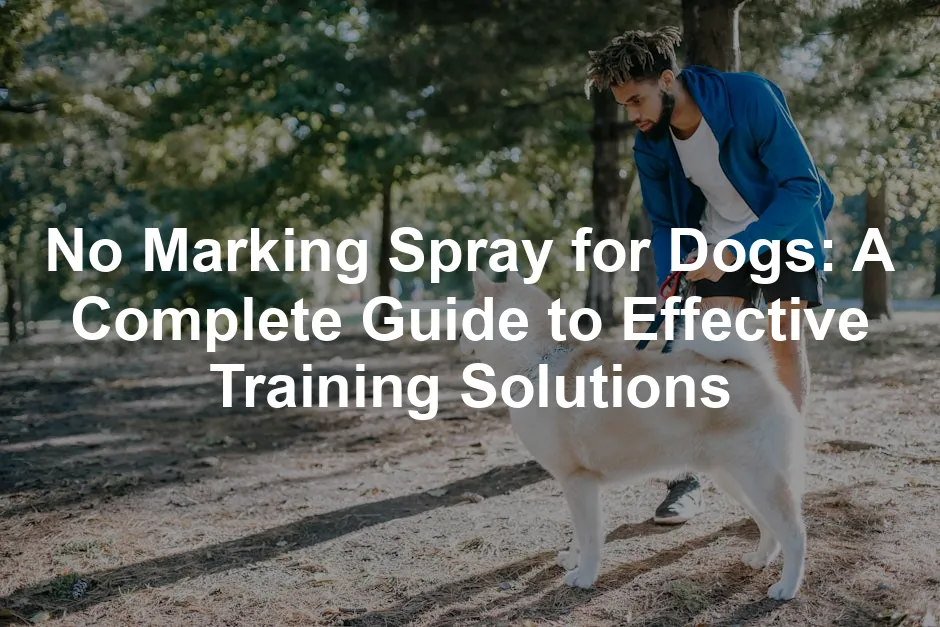Introduction
Do you have a dog that insists on marking their territory indoors? It’s a common issue for many pet owners. Dogs may feel the urge to claim their space, leading to unwanted accidents. Fortunately, no marking sprays can help tackle this problem effectively.
In this article, we’ll discuss various no marking spray options, their benefits, and tips for proper usage. Let’s get started on the path to a cleaner home!
Summary and Overview
Marking behavior among dogs is quite prevalent. It often stems from territorial instincts, anxiety, or even excitement. Puppies and adult dogs alike may mark their favorite spots, creating challenges for pet parents.
No marking sprays are designed to deter dogs from returning to previously marked areas. Many of these sprays contain natural ingredients and scents that dogs find unappealing. For example, lemongrass and cinnamon are common components. If you’re curious about the safety of using cinnamon with dogs, check out this comprehensive guide on cinnamon.

Understanding the effects of different ingredients on dogs is crucial. Learn more about whether dogs can have cinnamon to ensure your pet’s safety.
Using no marking sprays offers multiple benefits. They are generally safe for both pets and the environment since most brands prioritize non-toxic ingredients. Plus, these sprays can be effective training aids when used consistently.
You’ll find various types of no marking sprays on the market, each with unique features. Some focus on eliminating odors while others emphasize prevention. Speaking of which, if you’re dealing with pet stains, an Enzyme Cleaner for Pet Stains can be a game changer!
Understanding Dog Marking Behavior
What is Marking?
Marking is a natural behavior in dogs. It involves urinating to establish territory or communicate with other animals. Dogs may mark for several reasons, including territorial instincts, anxiety, or excitement. For instance, a new visitor might trigger your dog’s urge to mark their space.
Understanding the reasons behind marking is crucial for effective training. By recognizing the triggers, you can better address this behavior and help your dog feel more at ease in their environment.

Common Triggers for Marking
Many factors can trigger marking behavior in dogs. New environments often lead to excitement and anxiety. For instance, moving to a new home might cause your dog to mark their territory.
The presence of other animals can also be a significant trigger. When new pets or stray animals enter the scene, dogs may feel compelled to assert their dominance.
Changes in routine can disrupt your dog’s sense of security. A new schedule, such as different work hours or a family member moving out, can create stress. This stress might push them to mark their territory.
Understanding these triggers helps you manage your dog’s behavior better. By recognizing what causes marking, you can take steps to prevent it before it starts. In addition to no marking sprays, consider using a Dog Training Clicker to reinforce good behavior!
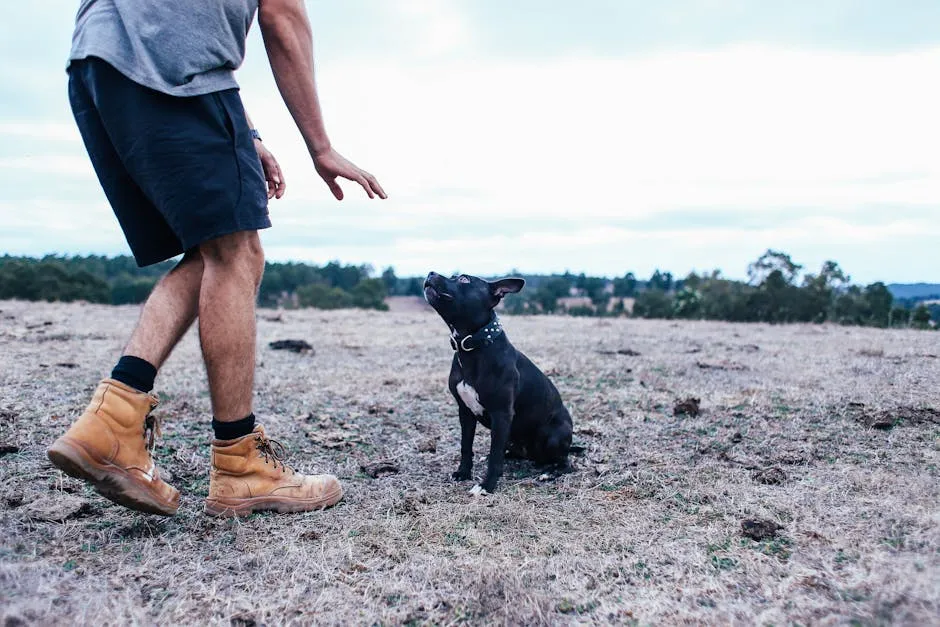
How No Marking Sprays Work
Ingredients and Their Functions
No marking sprays contain specific natural ingredients that deter dogs. Common components include lemongrass, peppermint, and cinnamon.
Lemongrass has a strong scent that most dogs dislike. This makes it an effective deterrent. Peppermint oil also provides a refreshing aroma that discourages marking. If you want to know more about the safety of peppermint oil for dogs, refer to this comprehensive guide on peppermint oil.

It’s important to understand the implications of using essential oils. Check out this guide on peppermint oil safety for dogs to ensure it’s safe for your pet.
Cinnamon adds another layer of unappealing scent for dogs. Together, these ingredients create a blend that helps keep dogs away from treated areas. And if you’re looking for additional ways to keep your dog entertained, consider a Dog Puzzle Toy!
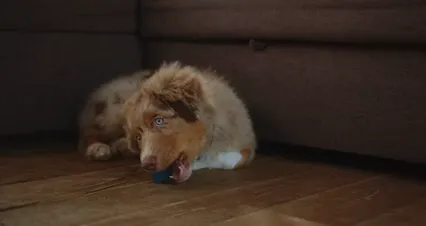
Types of No Marking Sprays
No marking sprays come in various formulations. You can find plant-based options that are safe for pets and the environment. These sprays typically use natural ingredients to deter marking.
Chemical-based sprays may offer quicker results, but they can contain harsh substances. Always check labels to ensure safety for your pet.
Some sprays also neutralize odors, which can be helpful for previously marked areas. Odor-neutralizing sprays work to eliminate any lingering scents that might attract your dog back to the spot. For a complete cleaning solution, pair it with a solid Pet Stain and Odor Remover.
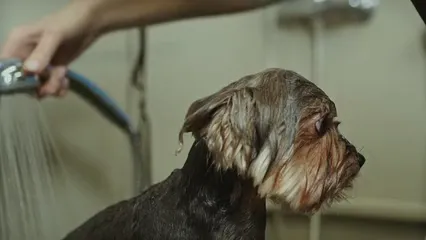
Choosing the Right No Marking Spray
Key Factors to Consider
When selecting a no marking spray, consider several important factors. First, prioritize safety. Look for non-toxic ingredients that are safe for pets and humans alike.
Next, think about the scent. Choose a fragrance that won’t overwhelm your dog. Many dogs respond better to milder scents.
Effectiveness is another key factor. Read reviews and look for sprays that have worked well for other pet owners.
Lastly, ensure compatibility with surfaces. Some sprays may not be suitable for delicate fabrics or certain materials. Always test on a small area first.

By keeping these factors in mind, you can find the right no marking spray for your dog. Additionally, consider pairing it with a Dog Crate for Training to create a safe space for your furry friend!
Popular Brands and Products
When searching for effective no marking sprays, several brands stand out. Here are three popular options:
- Nature’s Miracle No More Marking Spray
This spray uses a unique formula designed to deter dogs from marking again. It contains essential oils that create an unpleasant scent for dogs. Users appreciate its effectiveness, especially during indoor training. Many reviews highlight its success in breaking marking habits, making it a trusted choice for pet owners. You can find it here. - Only Natural Pet No Marking Spray
This product features lemongrass and cinnamon essential oils. It neutralizes odors while leaving a scent that dogs find offensive. Users report visible results, noting that their dogs avoid previously marked areas. Its plant-based formula is non-toxic and safe for pets and the environment, adding to its appeal. Check it out here. - Skout’s Honor Stop Marking Spray
This spray combines lemongrass and peppermint oils to discourage marking. It’s designed for indoor use, helping to keep your home clean. Many users praise its strong scent, which effectively prevents dogs from returning to marked spots. However, some reviews mention mixed results, so consistency in application is key. You can find it here.

Each of these products has unique features and active ingredients, making them worthy of consideration for pet owners looking for a solution to marking behaviors. To enhance your dog’s comfort during training, consider a Dog Anxiety Vest!

How to Use No Marking Sprays Effectively
Application Techniques
Using no marking sprays correctly is essential for success. Here’s a simple guide:
- Clean the Area: Start by thoroughly cleaning the area your dog has marked. Use an enzyme cleaner to eliminate any lingering odors.
- Shake the Bottle: Before applying the spray, shake the bottle well to mix ingredients.
- Apply Generously: Spray the area lightly but ensure it is well-saturated. This helps set the deterrent scent.
- Allow to Dry: Let the area dry completely before allowing your dog back in. This ensures the product works effectively.

Cleaning the area is crucial. If you don’t remove the original scent, the spray may not work as intended. And speaking of cleanliness, don’t forget to stock up on Dog Waste Bags with Dispenser for those outdoor adventures!
Frequency of Use
For best results, reapply the spray daily or after your dog has been in the area. If marking persists, consider applying more frequently. Monitor your dog’s behavior closely. If they start returning to the same spot, it may need additional applications.
Adjusting usage based on your dog’s responses is key. Each dog is different, and finding the right balance will help reinforce positive behavior over time. Also, consider using a Dog Training Pad for indoor training sessions!
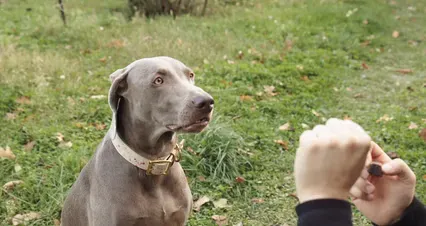
Alternatives to No Marking Sprays
Training Techniques
While no marking sprays can be effective, training your dog is essential. Consider using positive reinforcement methods. Reward your dog for going outside and praise them when they do so. This encourages them to repeat the behavior.
Crate training is another useful technique. Dogs naturally avoid soiling their sleeping area. By providing a crate, you can help your dog learn when and where it’s appropriate to relieve themselves. Consistency in training is key to success. And don’t forget to have a good Pet First Aid Kit handy for emergencies!

Natural Remedies
If you’re looking for natural alternatives, vinegar and citrus scents can work wonders. Dogs typically dislike the strong smell of vinegar. Mix equal parts water and vinegar, then spray it on areas your dog tends to mark.
Citrus scents, like lemon or orange, are also unappealing to dogs. You can create a citrus spray by diluting fresh lemon juice with water. This method is not only safe but also eco-friendly! If you want to pamper your pup afterward, consider a gentle Dog Shampoo for Sensitive Skin!

Conclusion
No marking sprays are effective tools for pet owners. They help deter dogs from marking areas in your home. However, combining sprays with training techniques yields the best results. Responsible pet ownership involves consistent training and understanding your dog’s needs.
Explore different options to find the ideal solution for your dog. Remember, every pet is unique, and what works for one may not work for another. And for those who love to travel with their pets, a Dog Travel Carrier is a must-have!

FAQs
What are no marking sprays for dogs?
No marking sprays are designed to deter dogs from marking spots in your home. They often contain scents unpleasant to dogs, discouraging them from returning to those areas.
Are no marking sprays safe for pets?
Most no marking sprays use non-toxic ingredients. However, always read labels and choose products specifically formulated to be safe for pets. This ensures the well-being of your furry friend.
How often should I use no marking spray?
When using no marking spray, consistency is crucial. Apply the spray daily, especially in areas your dog frequently marks. This regular application reinforces the message that these spots are off-limits.
Can I use no marking sprays on carpets and upholstery?
Yes, many no marking sprays are safe for carpets and upholstery. However, always check the label for specific instructions. Some sprays may be suitable for hard surfaces but not for delicate fabrics.
What should I do if my dog continues to mark despite using sprays?
If your dog persists in marking despite using no marking sprays, consider additional training methods. Start by reinforcing positive behavior with treats when your dog goes outside.
Are there any natural alternatives to commercial no marking sprays?
Absolutely! There are several natural alternatives you can try. Vinegar mixed with water is a popular choice. The strong scent deters most dogs.
Do no marking sprays have a strong scent?
No marking sprays often feature strong scents. Common ingredients include lemongrass and peppermint. These fragrances are designed to be unpleasant for dogs, deterring them from marked areas.
Please let us know what you think about our content by leaving a comment down below!
Thank you for reading till here 🙂
All images from Pexels

